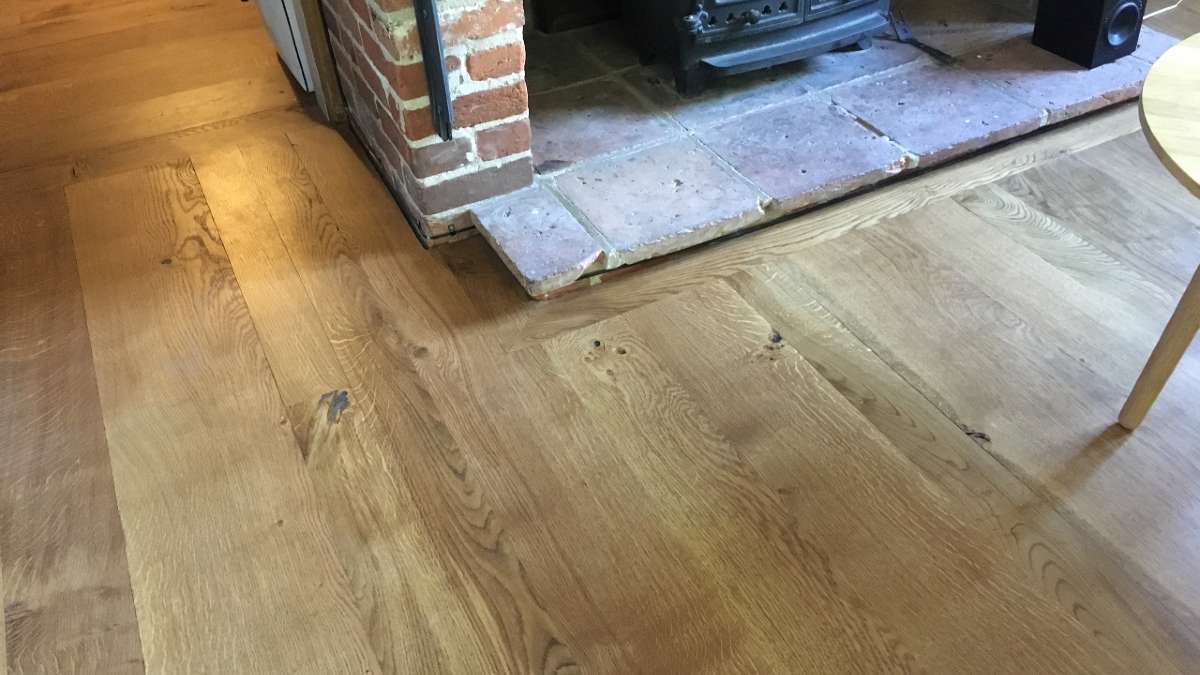
How do you care for solid wood flooring in summer? Solid wood requires a bit more attention than engineered boards or other forms of flooring. Be particularly aware of the seasonal changes in temperature and humidity which can affect solid wood flooring. There are a number of ways to ensure that any potential problems are kept to a minimum.
WOOD IS A NATURAL MATERIAL
Wood reacts to changes in temperature and humidity – long after it has been cut, sawn, dried and installed in your home. This is simply the natural property of wood and part of what makes your hardwood flooring so special. The changing seasons inevitably bring adjustments in air temperature and moisture content. In summer this can lead to small gaps opening up between the boards. Fortunately, you can guard against this in a number of ways. The most important stage is installation itself. Carried out properly it significantly reduces and future problems.
ACCLIMATISING
The most important factor is to properly acclimatised to the conditions before installation. In practice, it means leaving boards for at least two weeks in the room before laying. Ensure any screed flooring and plastering is thoroughly dried out and cured before the wood is introduced.
INSTALLATION
All wood expands and shrinks according to the moisture from its surrounding environment and solid oak flooring is no exception. When fitting boards to existing joists, ensure there’s a gap of around half an inch between walls and flooring boards. This allows for flooring expansion. If fitting boards onto a concrete floor seal the concrete first to stop excess moisture spoiling your new floor. A specialist gauge checks the ambient moisture in the atmosphere before laying the floor.
MAINTENANCE CARE FOR SOLID WOOD FLOORING
Finally, although the drier weather means less rain and mud. Regular cleaning will reward you by keeping it looking in tip top condition. Sweeping with a soft broom, micro fibre dust mop or vacuuming with a soft attachment, collects any abrasive dust and grit and prevents any accumulations.
It is best to avoid wet cleaning. However, periodically we recommend the use of an approved hardwood cleaner specifically formulated to match the finish of the floor. Using a slightly damp cloth or specialist mop apply the suitable product. For a lacquered finish we recommend Bono wood floor cleaner. This specially developed for efficient cleaning of varnished or hard-waxed wood floors. For an oil based finish use Osmo Wash and Care Cleaning Concentrate always following the manufacturers instructions. Never use the mop and bucket approach! Pools of water sitting on a wood floor for any length of time causes staining. Once cleaned allow the room to dry for at least 30 minutes. These simple tasks will keep your floor looking good for years to come.

